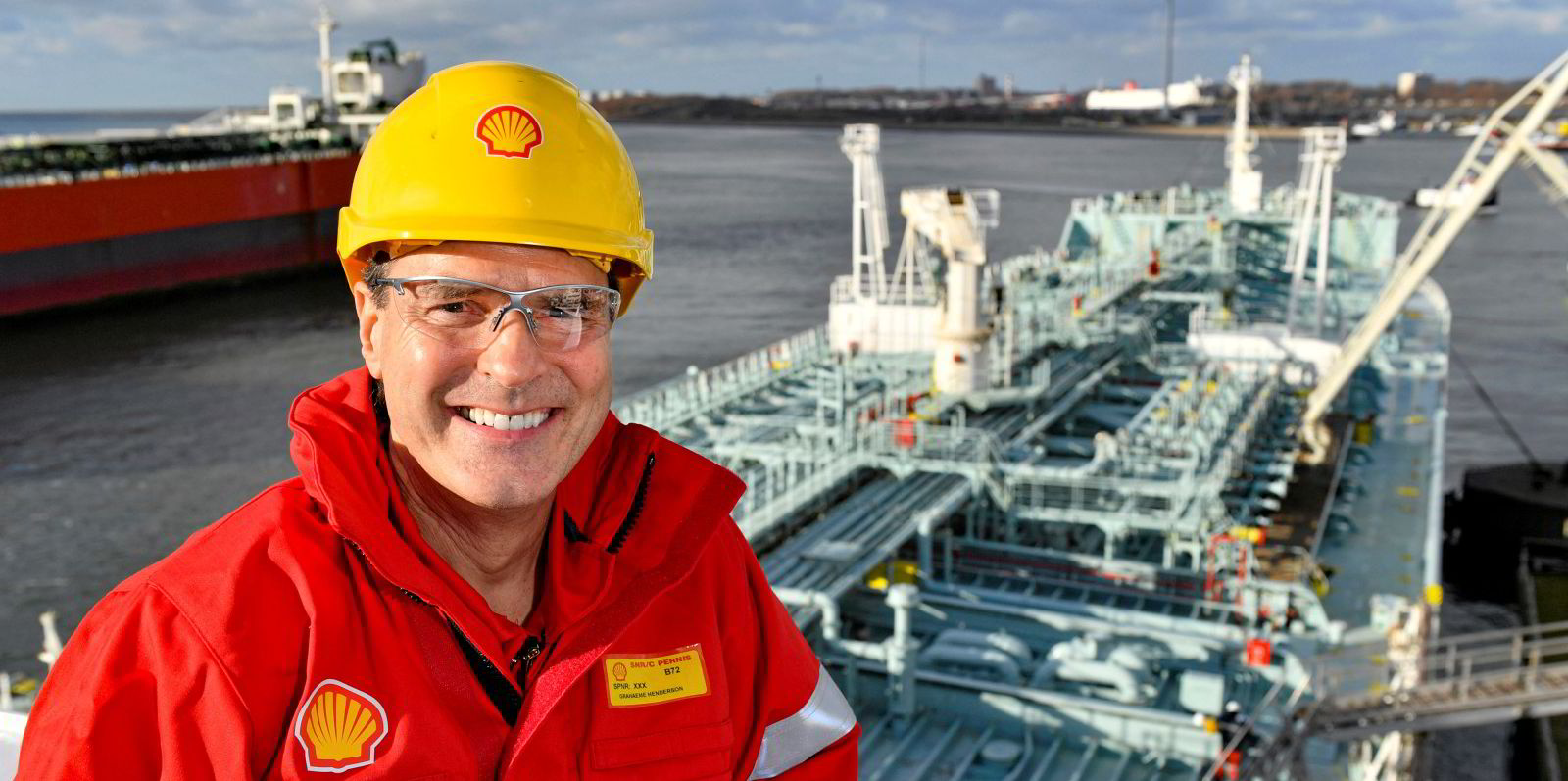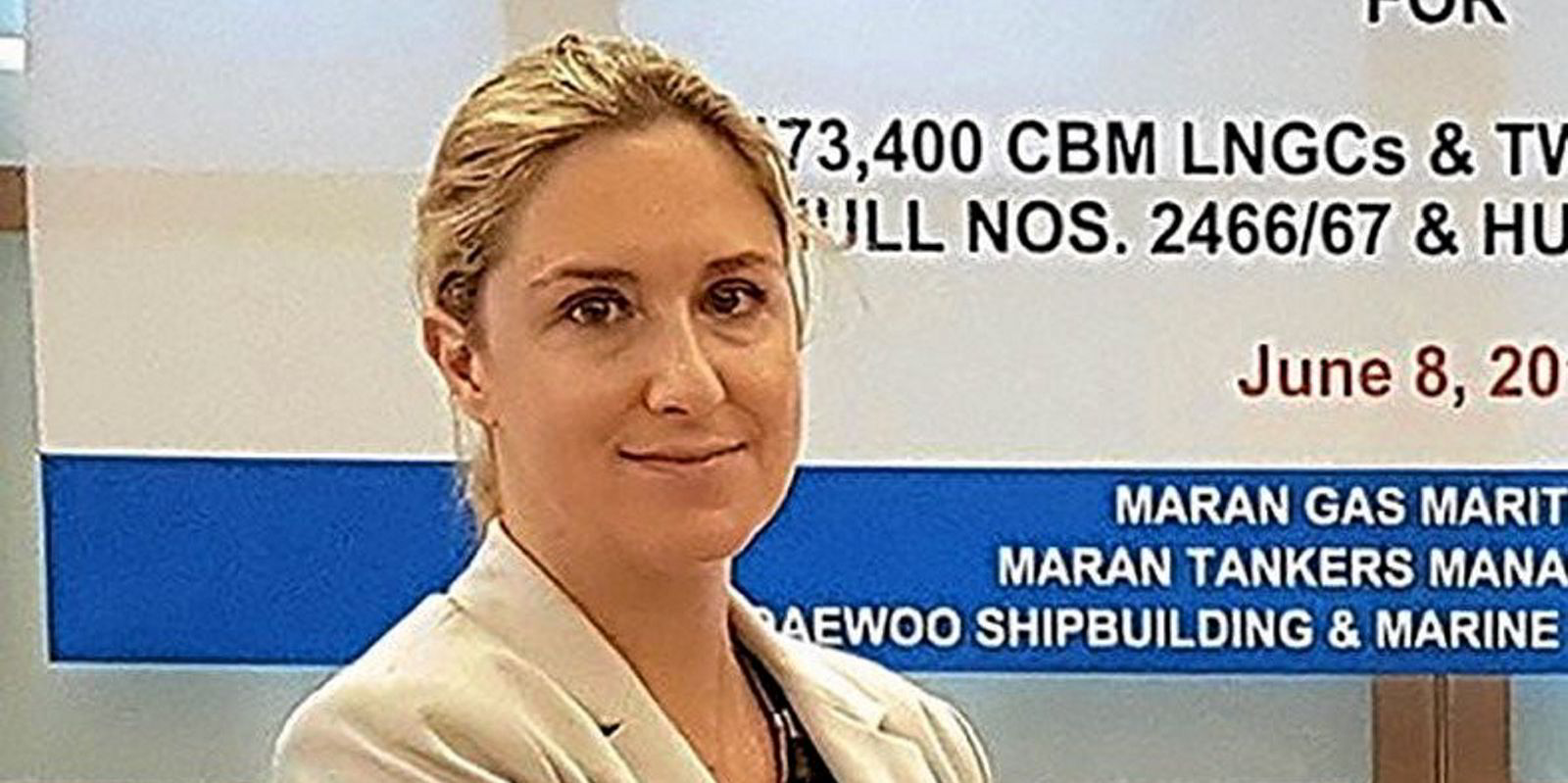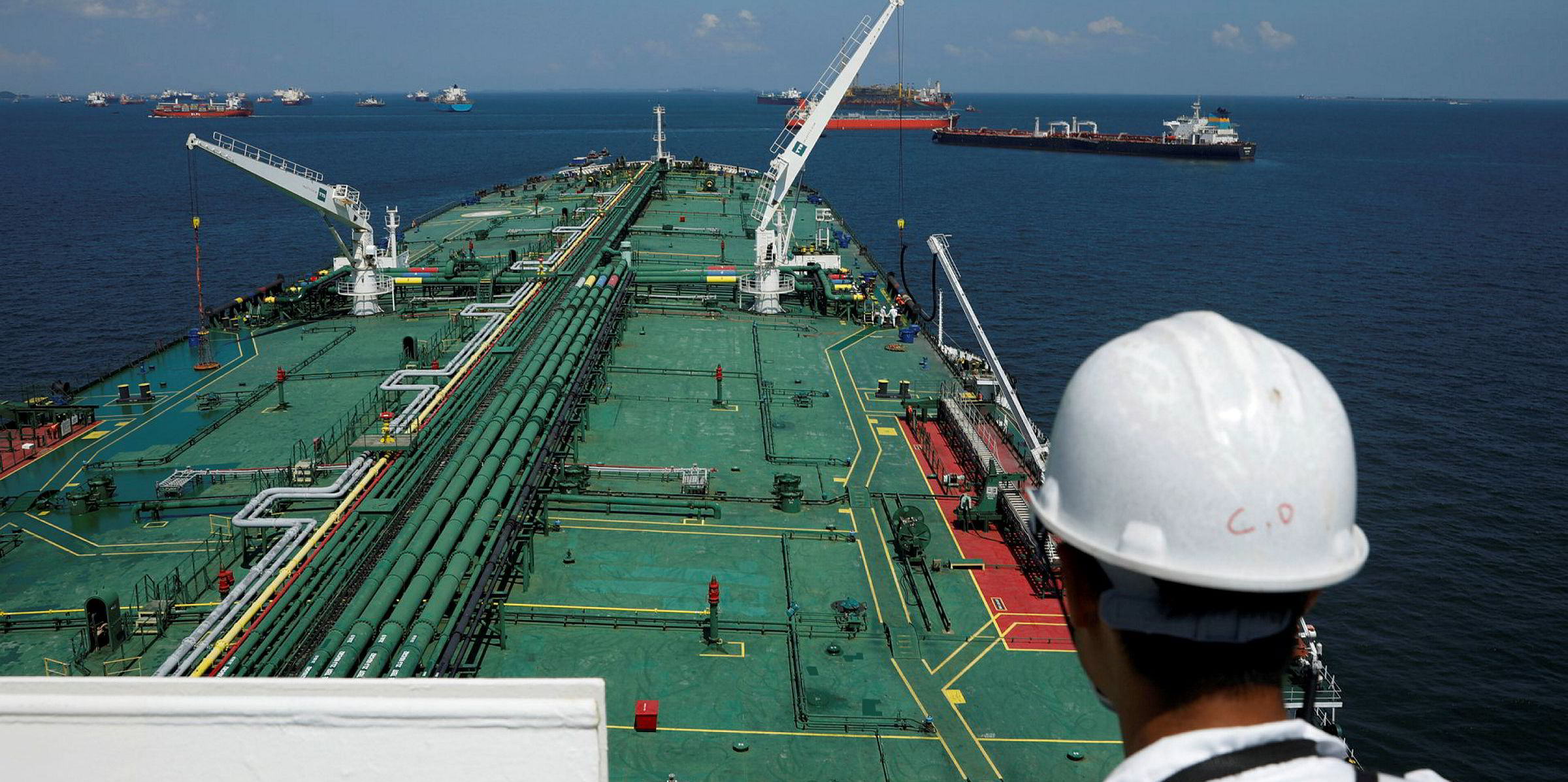Shipowners Advantage Tankers, AET and International Seaways have signed up to profit-sharing deals at effectively break-even charter rates with energy major Shell on 10 LNG-fuelled VLCC newbuildings.
Sources following the newbuildings — on which contracts were inked with shipbuilder Daewoo Shipbuilding & Marine Engineering and the three owners last week — said Shell is paying a rate of $31,000 per day on the 300,000-dwt ships, which are chartered to the major for periods of seven years.
They revealed the charters are on a profit-sharing basis, under which the owners are expected to receive a share of the daily hire if the market rises above what is designed to be a base break-even rate. One commented that on this basis the owners are taking market risk.
The deal is said to mirror those signed by Shell with companies, such as Sinokor Merchant Marine, with whom the company worked on the so-called Project Silver for MR tanker tonnage.
'Skinny'
One newbuilding expert described the rate as “skinny” but said it would be possible to finance the vessels on these terms, with the owners also able to look at green financing for the dual-fuelled ships with lower emissions profiles than their peers.
Clarkson Platou Securities historical data gives the 10-year average rate on a VLCC at $33,300 per day.
On the plus side, market observers said the shipowning trio are effectively getting cheap ships.
TradeWinds understands the VLCCs are priced at about $85m apiece with an additional $12m-plus cost for the dual-fuel components, taking their final cost into the mid-$90m range. International Seaways said it is paying $290m for its three vessels, pricing them at $97.5m each.
One owner said this effectively equates to a price of $81m to $82m for an eco-VLCC.
In a quarterly results call on Friday last week, International Seaways chief financial officer Jeffery Pribor said the company is expecting "double-digit returns" on its VLCC newbuilding project and is exploring "myriad financing options" for the ships.
- Length: 360 metres
- Breadth: 60 metres
- Deadweight: 300,000
- LNG bunker tanks: two 3,750-cbm tanks
- Shipbuilder: Daewoo Shipbuilding & Marine Engineering
Tank test
Market players watching this project also flagged up that the owners of these vessels will be among the first to operate dual-fuelled vessels equipped with high-manganese steel LNG bunker tanks.
In a presentation last year, Shell detailed how the choice of this material over regular steel could shave $1.2m off the additional capital expenditure required on a dual-fuel vessel.
Shell said each VLCC will be fitted with two 3,750-cbm, deck-mounted LNG bunker tanks that will be located forward from the accommodation block.
The major said that based on a service speed of 14.8 knots and Tier II operation with Eco-EGR — exhaust gas recirculation — mode, the vessels will have a range of about 22,400 nautical miles when using LNG.

Shell, which is rapidly growing its LNG bunkering reach globally, has yet to disclose where the VLCCs will be bunkered.
Depending on their LNG supply agreements, bunkering experts commented that the shipowners may also have to wrestle with differing LNG pricing in each of the main trading basins.
The 10 dual-fuelled VLCCs signed last week bring the total number of large tankers contracted to use LNG as bunkers to 17.








